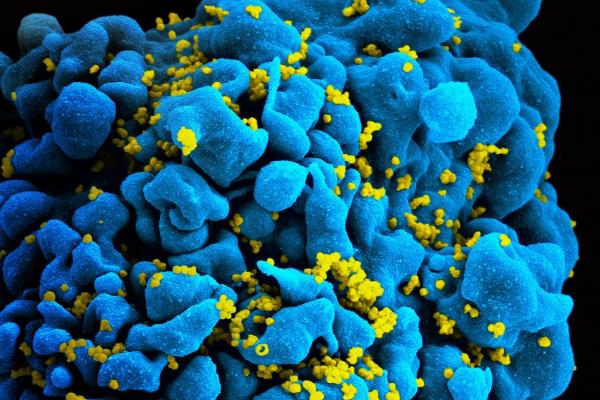
Nov. 20 (UPI) — Deaths related to HIV in the United States have declined 48% over the past decade, according to data released Thursday by the Centers for Disease Control and Prevention.
However, mortality rates for the virus are about 40% higher among Black people than for White and Latinx people, the CDC said.
The trends are based on an analysis of deaths among HIV patients in the United States between 2010 and 2018. Knowledge of their status and effective antiviral therapies are among the reasons researchers found patients are living longer.
Historically, many people with HIV didn’t know they had it — and thus didn’t receive treatment. The new data shows 86% of those age 13 and older knew their HIV status, up from 82% in 2010.
Overall, death rates among HIV-positive people — of all causes — dropped 37% between 2010 and 2018, to 12 per 1,000 persons, the data shows.
But deaths related to the patients’ HIV fell 48%, to 4.7 per 1,000 persons with diagnosed HIV in 2017 from 9.1 per 1,000 in 2010.
Meanwhile, deaths from non-HIV-related causes declined 8.6% over the same period, to 8.5 per 1,000 persons with HIV from 9.3 per 1,000 persons, the data showed.
Black patients had a higher death rate — 5.6 per 1,000 persons with HIV — compared to White and Latinx patients with 3.9 per 1,000 persons, according to the CDC.
Death rates were also 20% higher among women, at 5.4 per 1,000 persons, than men, at 4.5 per 1,000, the data showed.
Many people with HIV are living longer thanks to effective antiviral therapies, the CDC said.
“Deaths caused by HIV infection have likely decreased because of improvements in diagnosing infections and in treatment and medical care,” the researchers wrote.





